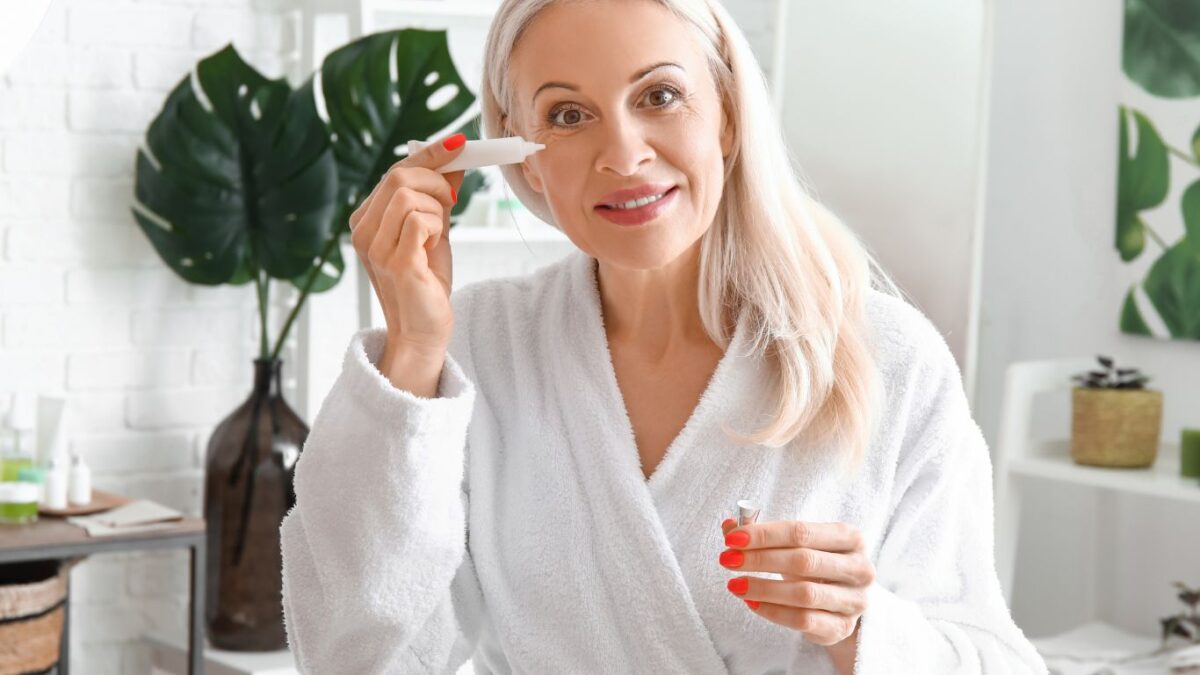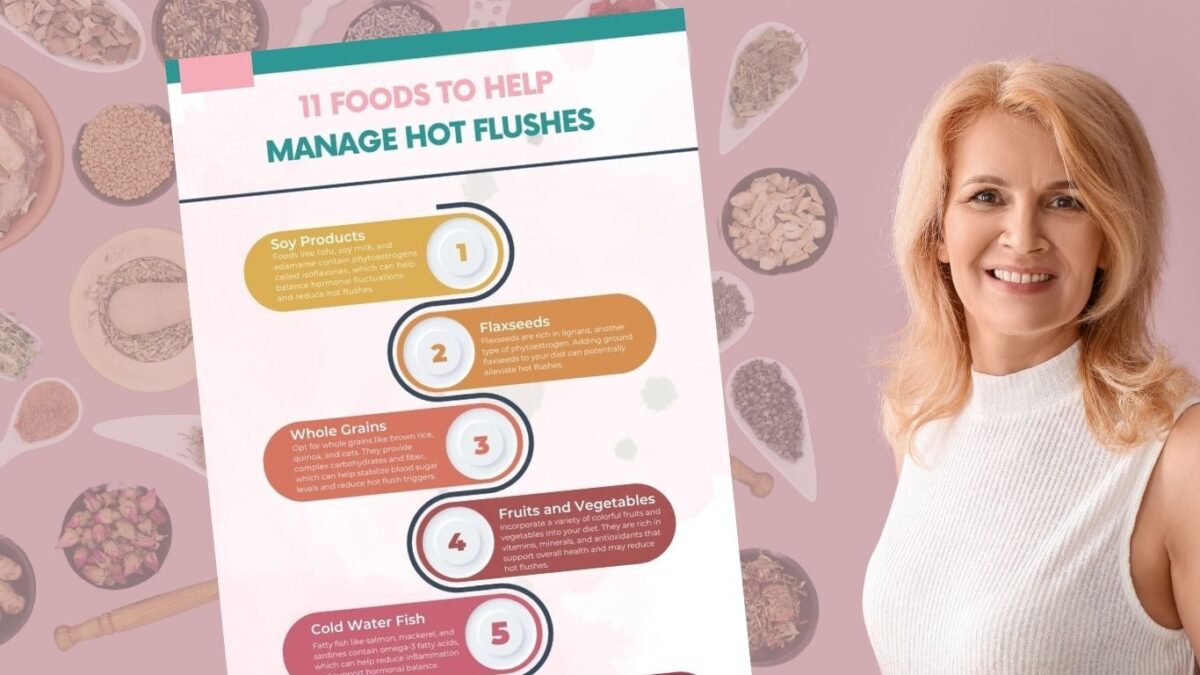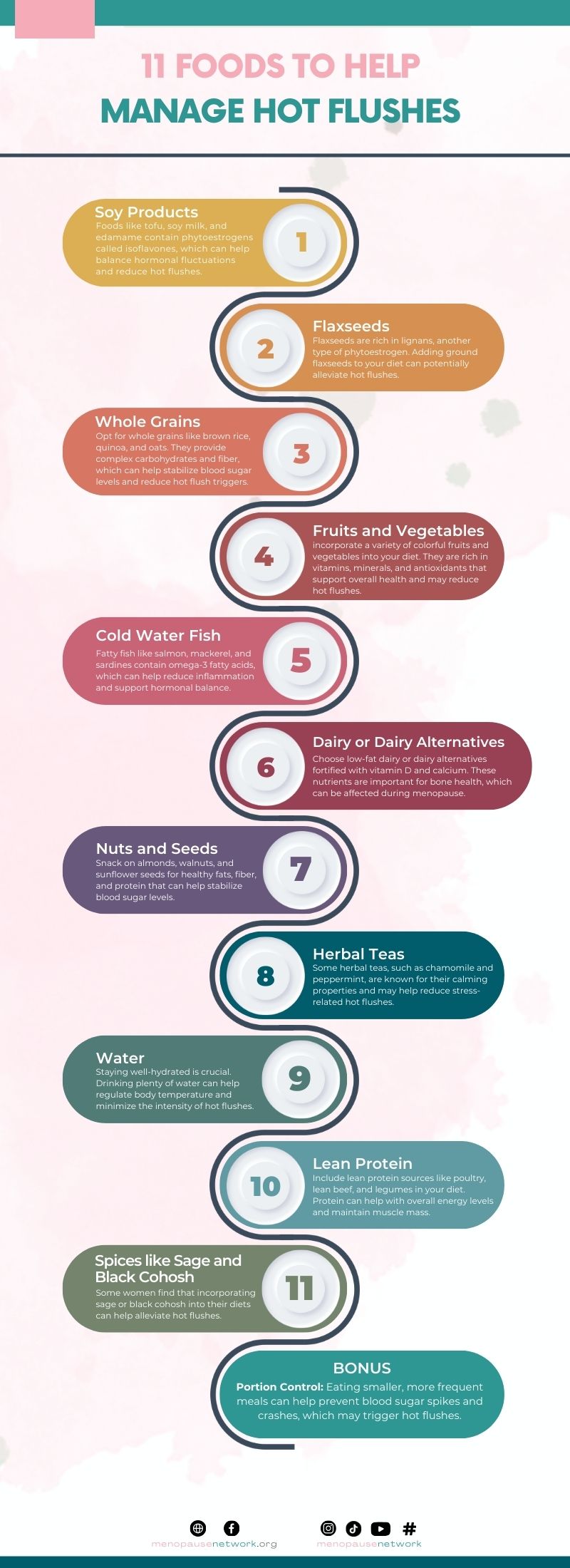7 Natural Remedies for Menopausal Headaches
Menopause often introduces unexpected challenges, and chronic headaches are a common, unwelcome companion for many menopausal women. While this symptom may become a frequent part of your life, it doesn’t have to take over. Embracing natural remedies can provide significant relief and improve your quality of life.
Understanding Menopause-Related Headaches
The hormonal rollercoaster of menopause like the ups and downs of estrogen typically triggers these persistent headaches. The North American Menopause Society reports that a significant number of women notice an uptick in headache frequency during perimenopause and menopause1. This increase often links directly to the hormonal changes your body is undergoing.
As estrogen levels fluctuate, your body reacts in various ways, and for many, headaches are a prominent response. These aren’t just ordinary headaches; they can range from dull, nagging pains to full-blown migraines that disrupt your day. Understanding that these headaches are a natural part of the menopausal transition can be the first step in managing them effectively.
In the next sections, we’ll explore various natural strategies that can help mitigate these headaches, offering you a more comfortable and manageable menopause experience. Every woman experiences menopause differently. As you journey through this phase, finding the right mix of remedies and lifestyle adjustments tailored to your needs becomes important.
Natural Strategies for Relief
1. Stay Hydrated
Dehydration can trigger headaches. Ensuring adequate water intake is a simple yet effective step. The Mayo Clinic suggests women should aim for about 11.5 cups (2.7 liters) of fluids a day.2
While water is essential for our survival, it’s not the only way to stay hydrated. Many foods and beverages can help us meet our fluid needs, including:
- Fruits and vegetables: Fruits and vegetables are high in water content, with some, such as watermelon and spinach, containing over 90% water by weight.
- Milk and juice: Milk and juice are also good sources of fluids, although it’s important to choose unsweetened or low-sugar varieties.
- Herbal teas: Herbal teas are a caffeine-free and calorie-free way to stay hydrated.
- Caffeinated drinks: Coffee and soda can contribute to your daily fluid intake, but it’s important to limit your intake of sugary drinks.

Here are some tips for staying hydrated without just drinking water:
- Eat plenty of fruits and vegetables. Aim to fill half your plate with fruits and vegetables at each meal.
- Drink milk and juice in moderation. Choose unsweetened or low-sugar varieties.
- Sip on herbal teas throughout the day.
- Limit your intake of sugary drinks.
- Drink water before, during, and after exercise.
- Drink a glass of water with each meal and between meals.
- Pay attention to your thirst and drink more fluids if you feel thirsty.
2. Mindful Eating
Headaches can be a real pain, and certain foods can make them worse. That’s why it’s important to be mindful of what you’re eating, especially if you’re prone to headaches.
A diet rich in fresh fruits, vegetables, whole grains, and lean proteins is a good place to start. These foods are packed with nutrients that can help keep your body healthy and headache-free.
Here are some specific foods that you may want to avoid if you’re prone to headaches:
- Aged cheeses like blue cheese and cheddar
- Processed meat like bacon, sausage, and hot dogs
- Monosodium glutamate (MSG)
- Caffeine
- Alcohol
- Nitrates and nitrites, which are found in processed meats and cured meats
- Tyramine, which is found in aged cheeses, fermented foods, and some alcoholic beverages
If you’re not sure which foods are triggering your headaches, try keeping a food diary. This will help you track what you’re eating and drinking, and identify any patterns that may be contributing to your headaches.
Here are some tips for mindful eating:
- Pay attention to your hunger and fullness cues. Eat only when you’re hungry and stop when you’re full.
- Slow down and savor your food. Take the time to taste and enjoy each bite.
- Avoid distractions while you’re eating. Put away your phone, turn off the TV, and focus on your food.
- Choose whole, unprocessed foods whenever possible.
- Listen to your body. If a certain food makes you feel bad, avoid it.
Mindful eating can help you identify and avoid the foods that trigger your headaches. By eating a healthy diet and being mindful of your choices, you can help reduce the frequency and severity of your headaches.
3. Regular Exercise
Exercise can reduce the frequency and severity of headaches. It aids in stress reduction and improves overall health. The American Heart Association recommends at least 150 minutes of moderate aerobic activity or 75 minutes of vigorous aerobic activity a week3.
This activity can be spread out throughout the week.
In addition to aerobic activity, adults should also do muscle-strengthening activities on at least two days per week. These activities should work all major muscle groups (legs, hips, back, abdomen, chest, shoulders, and arms).
It is also important to spend less time sitting. Even light-intensity activity can help offset the risks of being sedentary.
For even more benefits, adults can aim to be active for at least 300 minutes (5 hours) per week.
If you are new to exercise, start slowly and gradually increase the amount and intensity of your activity over time.
Examples of moderate-intensity aerobic activities:
- Brisk walking
- Biking
- Swimming
- Dancing
- Hiking
Examples of vigorous aerobic activities:
- Running
- Jogging
- Playing sports
- Jumping rope
- HIIT workouts
Examples of muscle-strengthening activities:
- Lifting weights
- Using resistance bands
- Doing bodyweight exercises like push-ups, sit-ups, and squats
You can find many different types of exercises online or in fitness apps. You can also talk to your doctor or a certified personal trainer to get help creating a workout plan that is right for you.
4. Stress Management
Stress is a major trigger for headaches, but there are things you can do to manage it and reduce your risk of headaches.
Yoga, meditation, and deep breathing are all effective stress management techniques. These activities can help you relax and focus on the present moment, which can help to reduce stress levels.

In addition to reducing your risk of headaches, stress management is also important for overall health. Here are some tips for managing stress:
- Identify your stressors. What are the things in your life that cause you stress? Once you know what your stressors are, you can start to develop strategies for coping with them.
- Practice relaxation techniques. Yoga, meditation, and deep breathing are all great ways to relax and reduce stress. There are many resources available online and in libraries to help you learn these techniques.
- Exercise regularly. Exercise is a great way to reduce stress and improve your overall health. Aim for at least 30 minutes of moderate-intensity exercise most days of the week.
- Get enough sleep. When you’re well-rested, you’re better able to cope with stress.
- Eat a healthy diet. Eating a healthy diet can help you feel your best and give you the energy you need to cope with stress. Avoid processed foods, sugary drinks, and excessive caffeine and alcohol.
- Connect with others. Spending time with loved ones can help reduce stress and provide support. Make time for social activities and relationships that are important to you.
If you’re struggling to manage stress on your own, talk to your doctor or a mental health professional. They can help you develop a personalized stress management plan.
5. Adequate Sleep
Headaches can be a real pain, and one of the most common triggers is poor sleep. When you don’t get enough sleep, your body produces more of the stress hormone cortisol. Cortisol can cause blood vessels in your head to constrict, which can lead to a headache.
In addition, when you’re sleep-deprived, your body is less able to regulate pain signals. This means that even small amounts of pain can feel more intense than they would if you were well-rested.
If you’re prone to headaches, one of the best things you can do to prevent them is to make sure you’re getting enough sleep. Aim for 7-9 hours of quality sleep each night, as recommended by the National Sleep Foundation.4
Here are some tips for improving your sleep hygiene:
- Go to bed and wake up at the same time each day, even on weekends.
- Create a relaxing bedtime routine.
- Make sure your bedroom is dark, quiet, and cool.
- Avoid caffeine and alcohol before bed.
- Get regular exercise, but not too close to bedtime.
- See a doctor if you have trouble sleeping despite following these tips.
By getting enough sleep, you can help reduce your risk of headaches and improve your overall health and well-being.
6. Herbal Remedies
Herbal remedies like feverfew and butterbur have been shown to help some women with headaches. It’s important to talk to your doctor before taking any herbal supplements, as they can interact with other medications and have side effects, especially if you have health conditions or are on other medicines.
If you’re considering trying an herbal remedy for headaches, be sure to talk to your doctor first. They can help you determine if it’s right for you and how to take it safely.
Here are some questions to ask your doctor:
- Is this herbal supplement safe for me to take?
- Could it interact with any medications I’m already taking?
- What are the potential side effects?
- How much should I take and how often?
It’s also important to buy herbal supplements from reputable sources. Look for products that have been tested for quality and purity.
7. Acupuncture
Acupuncture, a traditional Chinese medicine technique, has been shown to be effective in treating chronic headaches and preventing them from happening in the first place.
The American Academy of Family Physicians reports that acupuncture can be a useful treatment for headache prevention5, and there is a growing body of research to support this claim.
Acupuncture works by stimulating specific points on the body with thin needles. This is thought to help regulate the flow of energy, or qi, throughout the body. When qi is flowing smoothly, it is believed to help reduce pain and inflammation.
Acupuncture is generally safe and well-tolerated. However, it is important to see a qualified acupuncturist who uses sterile needles.
If you are considering acupuncture for headache prevention, talk to your doctor first. They can help you determine if it is right for you and refer you to a qualified acupuncturist.
When to Seek Professional Help
While natural remedies can be effective, it’s important to consult with a healthcare provider if your headaches become more severe or frequent. They can help rule out other causes and provide guidance on the best treatment approach.
References:
- North American Menopause Society: Headaches ↩︎
- Mayo Clinic: Water: How much should you drink every day? ↩︎
- American Heart Association: American Heart Association Recommendations for Physical Activity in Adults and Kids ↩︎
- National Sleep Foundation: How Much Sleep Do We Really Need? ↩︎
- American Academy of Family Physicians: Acupuncture for Pain ↩︎


















